
|
|
|
|
|
|
|
|
|

|

photo by Fallowfield Fire Company |
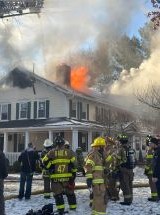
photo by Coraopolis VFD |
|

photo by Alpha Fire Company |

photo by Susquehanna FD |
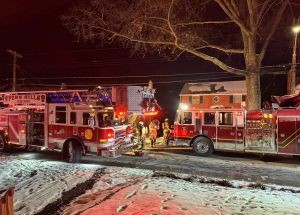
photo by Penn Hills No7 VFC |
|
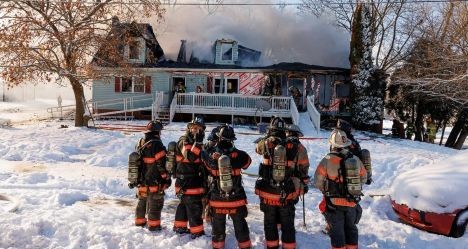
photo by Dover Township Fire Department |
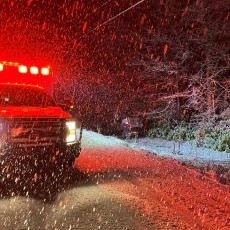
photo by Lake Harmony Fire Company |
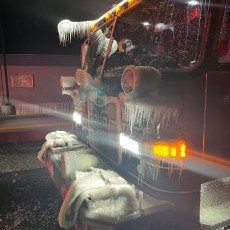
photo by Morrisville Fire Company |
|
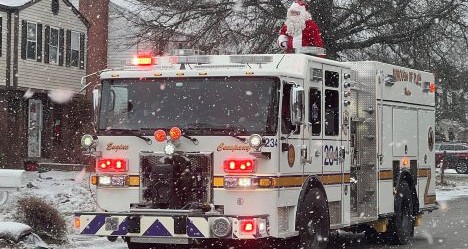
photo by Renton Volunteer Fire Department |
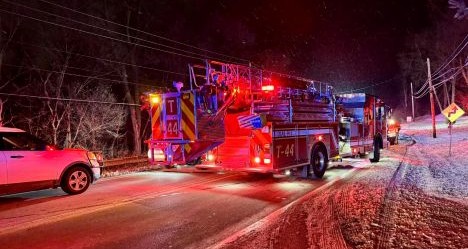
photo by South Strabane Fire Department |
Fire Pumps and Cold Weather
anytime you have a combination of water and freezing temperatures, the outcome is frozen. When you arrive on the scene of a working fire and you can't get water out the nozzle because your pump is frozen, the result can be deadly. There are no guarantees in this line of work but there are things we can do to lower the risk of a frozen pump. Rather than to speculate, let's just show you what the experts suggest. For these we list below some tips and considerations from Waterous Pumps who has been producing products for fire suppression since 1886.
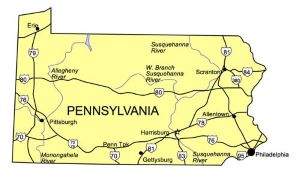
If you have any information to add to this section, please email us at support@gumsnroses.com |
|
|
|
 |

|

|
 |

|

|

|

|

|

|

|

|

|

|

|

|

|

|

|

|

|
|
|

photo by Southern York County EMS |
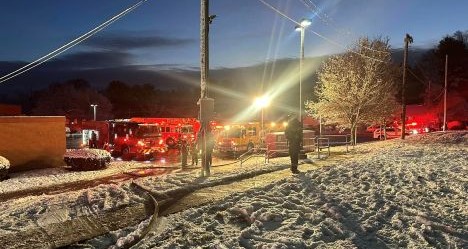
photo by Feasterville Fire Company |
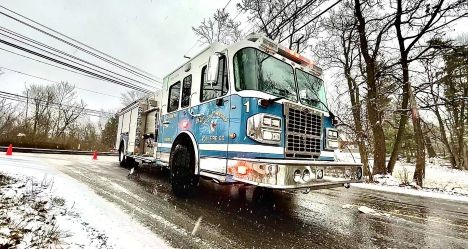
photo by Moon Township Volunteer Fire Company |
|
|

|
| Cold Weather - Fire Pump Operations
|
For those of us in much of the US we are faced every year with the fact of fighting fires in cold weather and below freezing conditions and all the problems that come along with it. One of the most important things to do first is to get the apparatus on scene without the pump being frozen up. The common approach over the years for many has been to just drain the pump, but it that approach really the best answer.
Who would know better than the good folks at Waterous Pumps , so we turn to them for some quidance.
LET'S BEGIN WITH DRY PUMP OPERATIONS:
If the fire department elects to run a "dry" pump during cold weather conditions it is necessary to drain the pump completely. To properly drain the main cavity of the fire pump, the tank to pump and tank fill valves need to be closed and the main pump drain opened and remain opened until the water is drained out.
If the tank to pump and/or tank fill valve(s) are leaking, the pump will not remain drained. Leaving the drain valve open while the apparatus is parked will keep the pump dry, but will also allow the booster tank to drain down, requiring someone to periodically monitor the water level in the booster tank between uses. In addition, leaving the drain valve in the open position while it is subjected to freezing conditions may cause it to freeze in the open position, which could render the pump inoperable.
DRY PUMP MISCONSEPTIONS:
A "dry pump" is not necessarily dry. Discharge and intake (compound) gauges, gauge lines, individual drain lines, pressure lines and other components with small orifices will have a tendency to retain water. Unless they are disconnected and allowed to drain they may retain water, resulting in freezing and subsequent damage to the components. Since disconnecting and draining of the lines is labor intensive, this practice is seldom if ever done. This promotes the need for pump house heaters and under body pump house enclosures when operating in climates where freezing conditions are a concern.
DRY PUMP "PROS" and "CONS"
PROS:
Minimal chance the pump is going to freeze.
Opportunity to ensure that the tank to pump and tank fill valves are sealing properly.
Ideal for situations where extended response distances to and from the incident and/or increased speeds (highways, freeways, etc.) are obtained. With no water in the main cavity of the fire pump and its accessories little if any damage will occur.
CONS:
Requires periodic opening of the main pump drain to ensure the main pump cavity isn't partially full of water. A partially full pump will freeze rapidly and will initially cause damage to the impeller shrouds and vanes. This damage is unable to be seen until the fire pump requires disassembly. Other signs of damage may be vibrations and/or metallic sounds coming from the pump, water externally leaking from the main fire pump body and/or body halves, water leaking from components attached to the fire pump or a failed annual pump service test.
If the main pump drain is left open and the tank to pump and/or tank fill valve(s) are leaking, the apparatus booster tank may be low or empty. This condition requires constant monitoring and filling of the booster tank. Also, an open drain can freeze in the open position.
If the pump is left "dry" for extended durations without the fire pump being operated, an excessive build up of calcium and/or rust deposits will accumulate inside the main fire pump cavity. The amount of build up is further compounded by the water quality for the department. Once the fire pump is engaged and water is circulated the excessive build up is broken loose and may create problems with the discharge relief valve system (plugged strainer screen), scoring to the discharge valve seats, damage to the individual discharge valve drains, damage and scoring to the priming valve and other accessories that utilize o-rings and/or seals on mating surfaces. It is important to operate the fire pump periodically to minimize the chances of this condition occurring.
Priming of the fire pump may be required.
DRAINING OF THE INDIVIDUAL DISCHARGE VALVE DRAINS:
The individual discharge valve drains (provided by the apparatus builder) on the Waterous discharge valves are located after or down stream from the discharge valve ball and seal. It is recommended that after each use each individual discharge valve drain is opened and remain opened until the water has drained out completely. Individual discharge valve drains will freeze early on since they are down stream of the discharge valve and not exposed to water circulation that occurs within the main fire pump when it is in operation.
NEVER open a main pump drain or discharge valve drain when under pressure. Damage to the o-rings and/or seals may occur resulting in a leaking drain valve.
|
|
|
|
 |
|
|